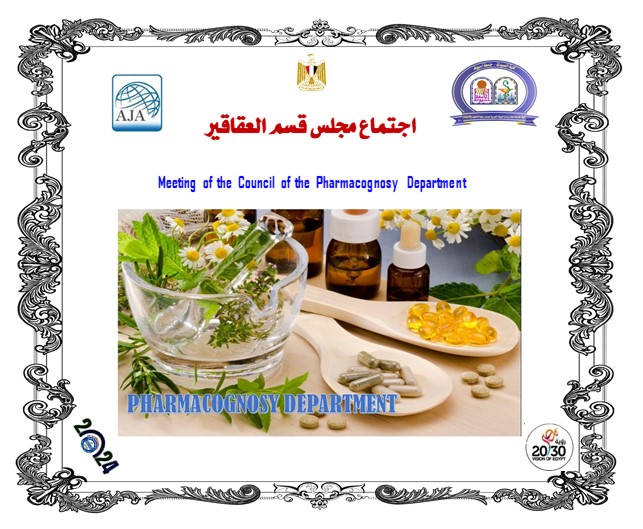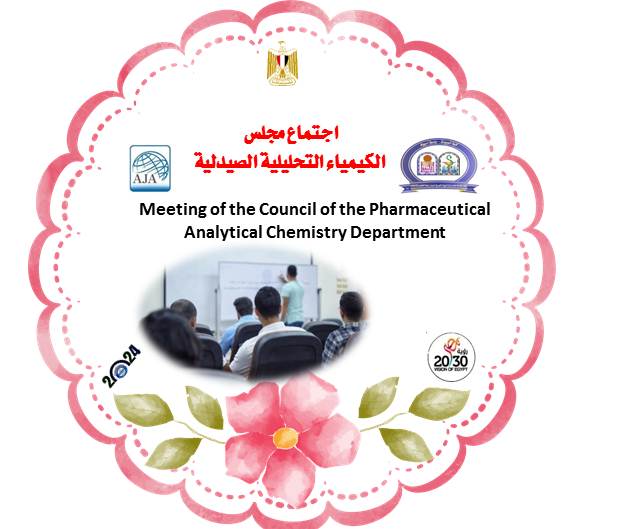Meeting of the Council of the Pharmacognosy Department, Faculty of Pharmacy This is on Wednesday, June 5, 2024

God willing, The Pharmacognosy Department Council will hold its regular monthly meeting number (45) This is on Wednesday, June 5, 2024, at twelve (noon).
in the department board meeting room.





